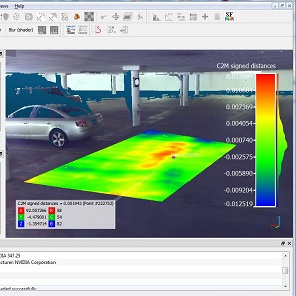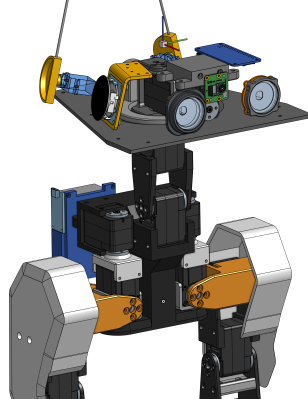[Ben Eater]’s breadboard 6502 computer is no stranger to these parts, so it was a bit of a surprise that when [Mark] wrote in asking us if we’d covered [Ben]’s getting MS BASIC running on the breadboard, that our answer was “no”. Well, that changes today!
This is a three-part video series, documenting how [Ben Eater] ports a 1977 version of MS BASIC to his 6502-based computer. The first video is all about just getting the BASIC up and working. It’s full of detail about how MS BASIC adapts to different architectures on the inside, and [Ben] essentially defines his own along the way.
Once he has BASIC working, the next two videos are about making it work not just with the serial terminal that he has attached, but also with the LCD display peripheral he has plugged into the breadboard. BASIC fans will not be surprised to see that it’s all about using POKE. But that ends up being to slow, so he extends it out with his own LCDPRINT command written in assembly.
Now that he can write a character to the LCD, he wants to be able to pass it a string: LCDPRINT “Hello world”. But that requires his command to be able to parse a string, and this has him diving down the rabbit hole into how MS BASIC parses strings, handles evals, and so on. If you want to know how MS BASIC works on the inside, this is the video for you. This video makes a lot of use of wozmon, which seems an almost ideal tool for this kind of low-level poking around.
All of this is done in [Ben]’s very well rehearsed, accessible, but pulling-no-punches style. Get ready to nerd out. All three of the videos are embedded just below the break.
While it’s not the Altair BASIC that Bill himself was writing about last week, it’s probably a direct descendent, and reading about the Altair version was what spurred [Mark Stevens] to send us the tip. Thanks!





















